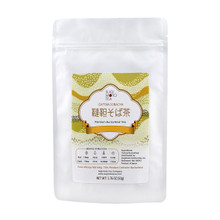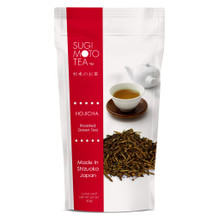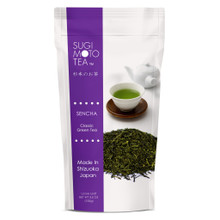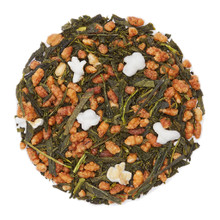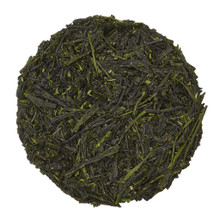How to Store Japanese Tea
Japanese tea, known for its unique color, subtle flavors, and health benefits, is integral to tea lovers' collections worldwide. The key to enjoying its full potential lies in how it's stored. Proper storage is critical to maintain the freshness and quality of this delicate tea.
Delicacy of Japanese Tea
Before delving into the storage details, it's important to understand the diversity and rich nature of Japanese tea. Each type, from the deeply shaded gyokuro to the finely ground matcha, presents a distinct experience, heavily influenced by how it's processed and stored. These teas, abundant in catechins and characterized by delicate aromas, benefit greatly from careful attention throughout their cultivation and subsequent storage.
Identifying the Threats to Tea Freshness
Preserving Japanese tea involves navigating several challenges. Factors such as light, air, moisture, temperature, and odors can all negatively affect the tea's quality. Being aware of these elements and taking steps to mitigate their impact is crucial for successful tea preservation. Light and UV rays can speed up the degradation of tea, impacting its flavor and color. Exposure to air allows oxygen to initiate oxidation, which may reduce the tea’s taste. Moisture can lead to mold and bacteria, compromising the tea's quality. Changes in temperature may adversely affect the tea's delicate components. Since tea leaves readily absorb odors, they can become susceptible to unwanted flavors from their environment.
Best Way to Store Japanese Tea
Optimal preservation is based on fundamental storage principles that protect the tea from environmental damage. Keeping the tea in dark, airtight conditions at cool temperatures is essential for preserving its quality.
- Protection from Light and Heat: To safeguard the tea's intricate flavors and vibrant colors, storage away from direct sunlight and sources of heat is crucial. Light can degrade the chemical compounds responsible for tea’s taste and aroma, while heat accelerates these processes.
- Securing Against Air and Moisture: Utilizing airtight containers is key to preserving tea's freshness. Oxygen in the air can lead to oxidation, which diminishes the tea's natural flavors. Similarly, moisture can introduce mold or alter the tea's texture and taste. Airtight storage solutions prevent these elements from compromising the tea's quality. If you do not have an airtight container, make sure that you squeeze all of the air out of the bag before securing it with a clip or rubber band.
- Cool and Dark Storage: The optimal environment for tea storage is a cool, dark place, such as a cupboard or drawer. These locations offer a stable temperature, reducing the risk of degradation caused by temperature fluctuations. Cooler conditions slow down the rate of chemical reactions, including oxidation, ensuring the tea maintains its quality over time.
How to Store Unopened Tea?
- Cool, Dark Places for Storage: Cabinets or pantries away from the kitchen’s heat and light are the best places to store unopened tea.
- Using the Fridge for Extended Storage: For long-term storage, keeping unopened bags of tea can be an effective option. Opened bags of tea can also be stored in the refrigerator, but continuously removing them each time you want to brew some, can result in excess moisture buildup. We recommend keeping some tea, ready for use, in an airtight container and storing the remaining tea in the fridge if you live in a particularly hot climate. However, please store it away from any foods with a strong odor.
How to Store Tea After Opening?
After opening, transfer the tea to an airtight container, like a tea tin. Select containers that reduce exposure to light and air and store them in places with a stable, cool temperature.
How to Store Matcha Green Tea?
Matcha, because of its powdered form, requires extra attention for storage because it is more susceptible to environmental factors. Store it in opaque, airtight containers, ideally within a resealable bag, and keep in a cool, dark place, such as a cupboard or drawer to maintain freshness. If it’s unopened, keep it in the refrigerator. Allow Matcha to reach room temperature before opening to avoid condensation, and reseal tightly after use. For both opened and unopened Matcha, minimizing exposure to air and moisture is key to preserving its vibrant color and subtle flavor.
What Can I Do with Aged or Moist Tea?
When tea no longer retains its initial freshness, it can still be valuable. Instead of discarding it, consider repurposing aged leaves into homemade Houjicha or using them for their natural deodorizing abilities, offering a second life to tea that may seem beyond its best.
At Sugimoto Tea, we view the practice of tea preservation as a critical aspect of the tea experience, comparable to the act of brewing. Following these storage guidelines helps ensure that every cup of Japanese Green Tea you enjoy reflects the rich tradition and flavor it represents.















